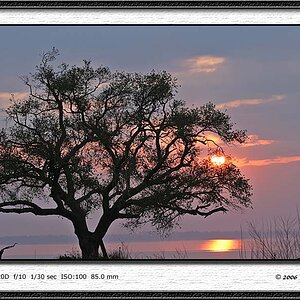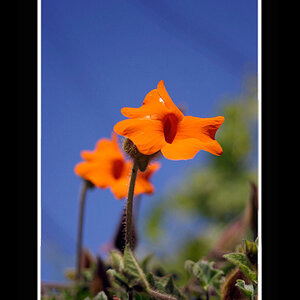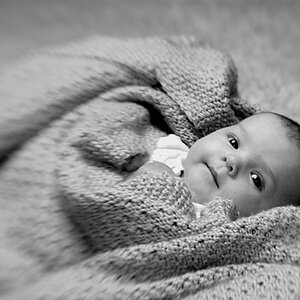- Joined
- Nov 19, 2011
- Messages
- 4,700
- Reaction score
- 5,183
- Location
- Long Island, New York
- Can others edit my Photos
- Photos OK to edit
Today's (4/19/19) New York Times has, in its Weekend Arts II section, a terrific review of two shows about the early days of photography: From Today, Painting is Dead: Early Photography in Britain and France, at the Barnes Foundation in Philadelphia, and Leacock Abbey: Birthplace of Photography on Paper, at Hans P. Kraus Jr. Fine Photographs, in Manhattan.
Here are two quotes that reminded me of advice given and received on the Forum, and allowed me to imagine the ancestors of Derrel and Tirediron whispering to the photographers, "Why don't you try this?"
"Because the silver iodide emulsions used at that time favored the blue end of the light spectrum, other photographers accepted blank, overexposed skies as the price required to open the aperture long enough to record the details of the sea or the countryside, which lay in shades of green below the horizon. Ingeniously (and secretly), Le Gray would combine two negatives that he had made - one for the sky, one for the water - to produce a finished print of a seascape that, as in 'The Great Wave, Sète" (1857), revealed both whitecaps and clouds."
About Nadar's deathbed portrait of Victor Hugo, we read, "By cleverly employing a mirror to reflect the glow of a streetlamp into the bedroom, Nadar created a chiaroscuro of light and darkness. Every strand of Hugo's white beard glistens; his forehead is cooled with shadows."
Four photos are shown on the page, including the "The Great Wave, Sète," mentioned above.
Here are two quotes that reminded me of advice given and received on the Forum, and allowed me to imagine the ancestors of Derrel and Tirediron whispering to the photographers, "Why don't you try this?"
"Because the silver iodide emulsions used at that time favored the blue end of the light spectrum, other photographers accepted blank, overexposed skies as the price required to open the aperture long enough to record the details of the sea or the countryside, which lay in shades of green below the horizon. Ingeniously (and secretly), Le Gray would combine two negatives that he had made - one for the sky, one for the water - to produce a finished print of a seascape that, as in 'The Great Wave, Sète" (1857), revealed both whitecaps and clouds."
About Nadar's deathbed portrait of Victor Hugo, we read, "By cleverly employing a mirror to reflect the glow of a streetlamp into the bedroom, Nadar created a chiaroscuro of light and darkness. Every strand of Hugo's white beard glistens; his forehead is cooled with shadows."
Four photos are shown on the page, including the "The Great Wave, Sète," mentioned above.
Last edited:


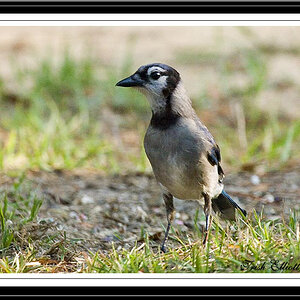
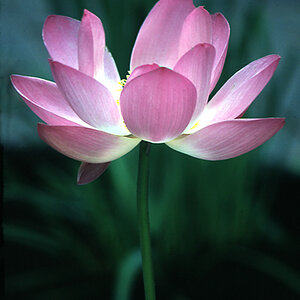
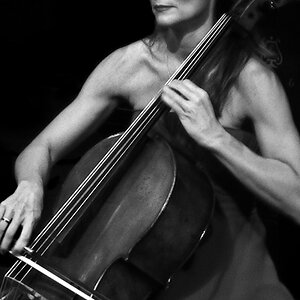
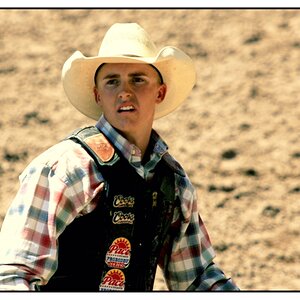
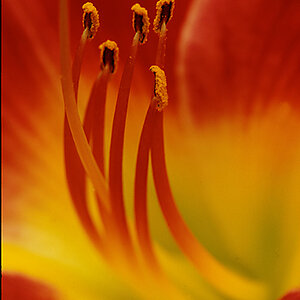
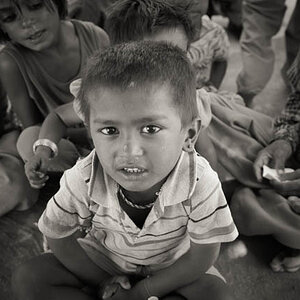
![[No title]](/data/xfmg/thumbnail/37/37602-1ef8dbb1c2d0e4ff347ee65d328c3603.jpg?1619738147)
![[No title]](/data/xfmg/thumbnail/34/34134-d2249816e46b705693bfc543c9b1f481.jpg?1619736306)
![[No title]](/data/xfmg/thumbnail/34/34041-c8aed4d2c55b167d1ec03d9cfbaca453.jpg?1619736250)
